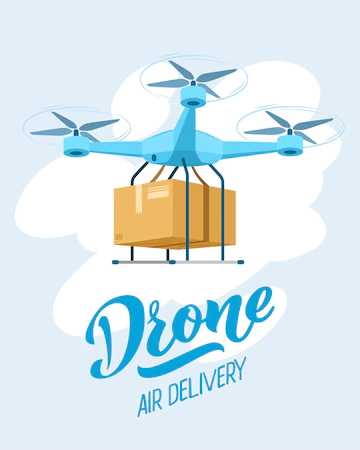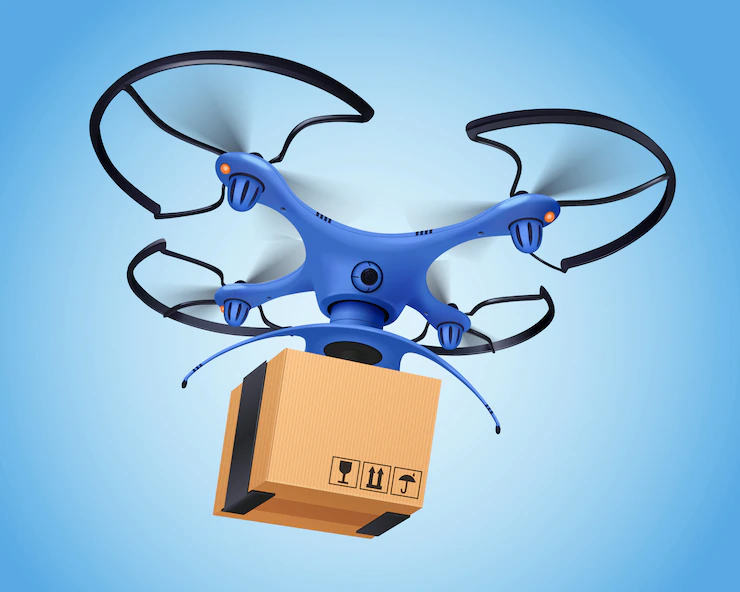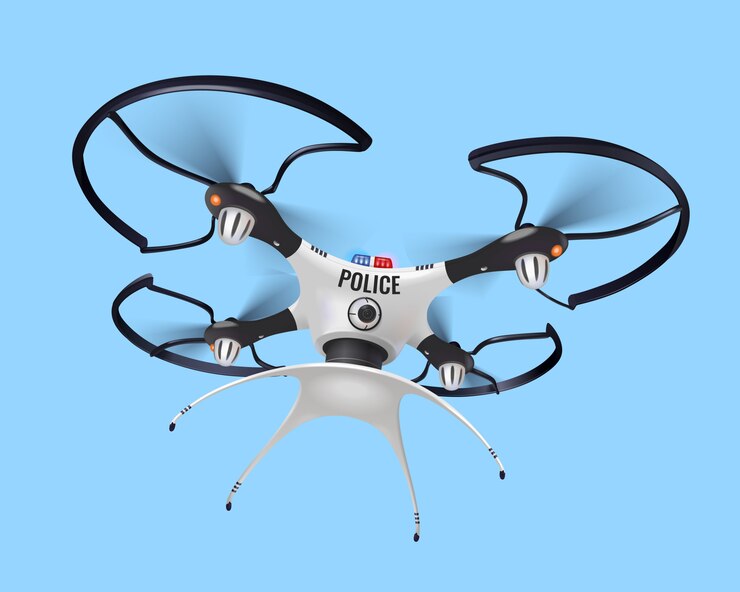The AF 200 flying crane’s primary aim is to ensure that we can completely revolutionize the wind energy industry and bring forward the most promising piece of technology you can expect from us.
We believe that when it comes to technology and high precision, it never has to be in a way that you must compromise on the working of the environment or sustainability factors.
This is why we have brought forward the most comprehensive flying crane, and we can say with conviction that this is the best one you can invest in. At AirFlight, our aim is always quality, which is what we have also focused on here.
What Are Flying Cranes Typically Used?
Flying crane helicopters have significant uses. When it comes to lifting heavy equipment from one place to a remote place, a flying crane is the only reliable to take help. Here we listed the primary purposes where a flying crane is needed.

1. Lifting And Transporting Heavy Materials
As we said that lifting heavy materials in a short time from one to another place, Flying cranes are a fantastic option. Lifting heavy construction materials, including concrete, bricks, wood, heavy bake loads, and steel.
It allows you to shift the materials for emergency purposes. That is why many construction companies use flying cranes as per their requirement.
2. Replace And Remove Rooftop Units
What you can do when you need to lift heavy unit materials from the rooftop of the tower building. You may understand that it is not possible to use any other crane to shift the material from the 80-floor building.
Here, aerial crane companies’ workers and employees are the most skillful staff who know how to handle these things and how they can shift the materials without making any mistakes.
Helicopter cranes are able to spin 360 degrees and they are most efficient in mountainous terrain and congested cities.
3. Forestry Operations
Well, for forestry operations, an aerial crane is a suitable tool. To conduct everything in the forest, helicopters can assist in placing tools and picking up the wood to restore them in the nearest factory.
However, “heli-logging” is a method of logging that uses an aerial crane to lift cut trees and remove them from the operation area.
4. Utility Construction Project
Flying crane technology is able to haul huge pipelines in half time. It is a valuable tool when it comes to lattice structures, placing monopoles, and transporting materials and machinery
On the other hand, the flying car is also used to set pipe sections for cell towers in different geo-location. They are the practical choice to install towers in hill stations or hard-to-reach areas.
What Is The Unique Feature Of The Af200 Flying Crane?

It is common to wonder what is so remarkable about this particular flying crane and why it differs from the other market options. The first and most important reason that makes it one of the best is because of the efficient take-off as well as the landing. Another significant factor about the flying crane is that it is equipped with automated take-off.
This ensures that you do not have to put in manual effort for the same. Not only that, another very unique thing about the flying crane is that it is equipped with pre-programmable flying paths.
There are no two ways about the fact that one of the most beautiful things about this particular flying crane is that we have tried to decrease manual labor as much as we can. Our primary focus has always been to boost automation and ensure that ultimate efficiency is promised to our clients. AirFlight is one of the better-known brands for the most fantastic flying crane.
The Benefits Of Flying Crane

- Helicopters flying cranes are capable of reaching anywhere and everywhere.
- They can lift anything from swimming pools, cars, riversides, or construction palaces, etc.
- A flying crane is the most convenient tool to lift materials from high-rise buildings.
- After a disaster, for rescue purposes, they can be used to lift materials like rubbish or goods and shift them to remote areas.
- It is capable of conducting the work in half of the time. With the help of flying cranes, many real estate companies and utility construction companies are able to install or build towers or hotels at hard-to-reach places.
Final Words
So, these are all about flying cranes. Engineers are made flying crane drawings and designs to ensure the tool can provide the best service.
If you think that you want the best flying crane and that too on a budget, you only need to get in touch with us, and we will help you. We can vouch that the AF200 flying crane is the best you will come across!
However, if you have any queries, feel free to raise your question in the comments section.
Additional:






















